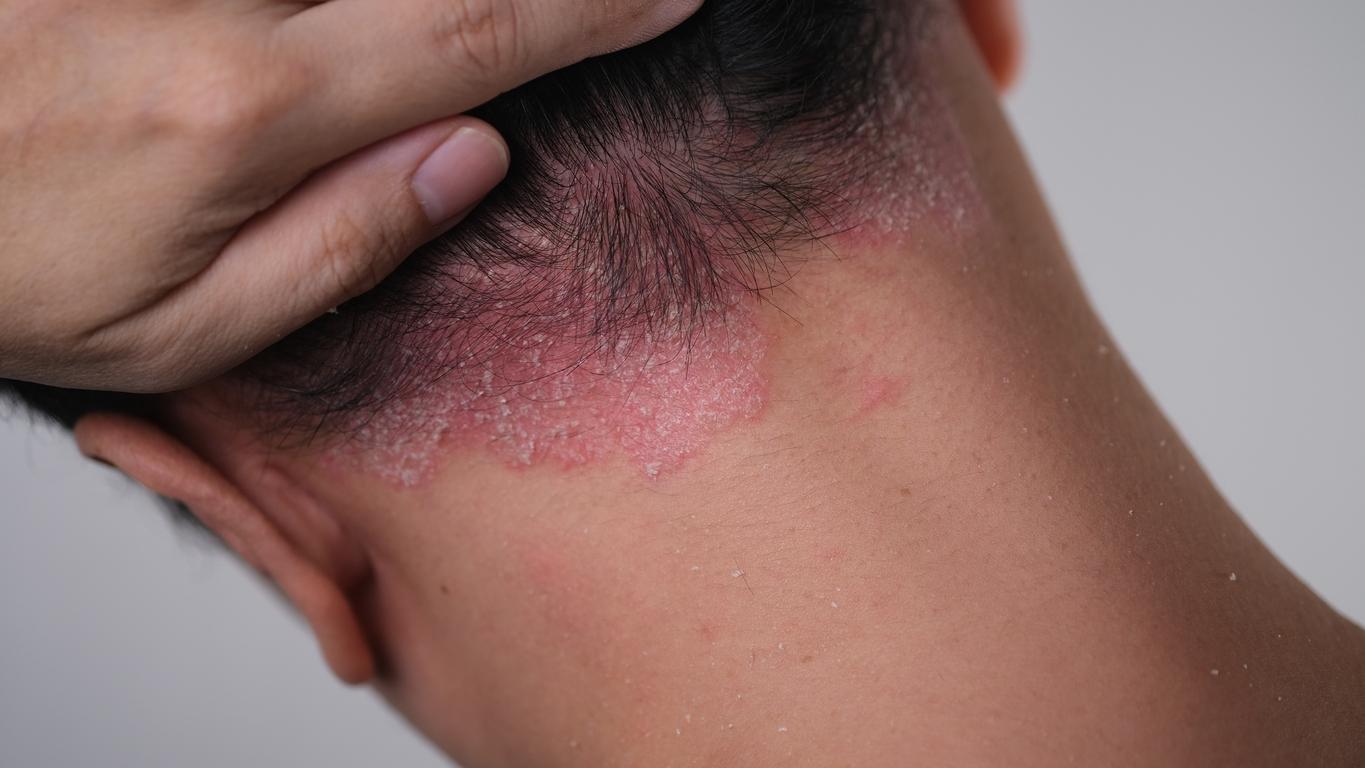When the body has skin lesions, the nerve endings send a message to the brain which generates the sensation of pain. But during a study on patients with buruli ulcer, a tropical disease that causes skin ulcerations, the teams of researchers from Inserm in Lille and Angers realized that despite the seriousness of these skin wounds, they seemed less painful than scratches.
By pushing their research further, they discovered an analgesic mechanism that limits the transmission of the pain message to the brain. A particularly interesting discovery because knowledge of this mechanism could be useful for the development of new painkiller molecules.
Almost painless skin lesions
Buruli ulcer is the 3rd microbacteriosis in the world, after tuberculosis and leprosy. This tropical disease mainly affects children and causes significant skin lesions. However, despite the extent of these lesions, patients feel almost no pain in the early stages of the disease, and often consult late. Until then, researchers thought that this absence of pain was due to the destruction of nerve tissue. But new studies on infected mice showed that the presence of the toxin was enough to inhibit pain without the nerves being affected.
This toxin, mycolactone, is capable of interacting with neurons and preventing the transmission of nerve information explaining the painless nature of the lesions”, explains Laurent Marsollier, research fellow at Inserm. By blocking this toxin in infected mice, they restored the animals’ pain sensitivity.
“The discovery of this mechanism, which limits the pain of skin lesions in the early stages of the disease, opens up new prospects for the search for new painkiller molecules” emphasizes Priscille Brodin, Inserm research director and co-author of this work.
















